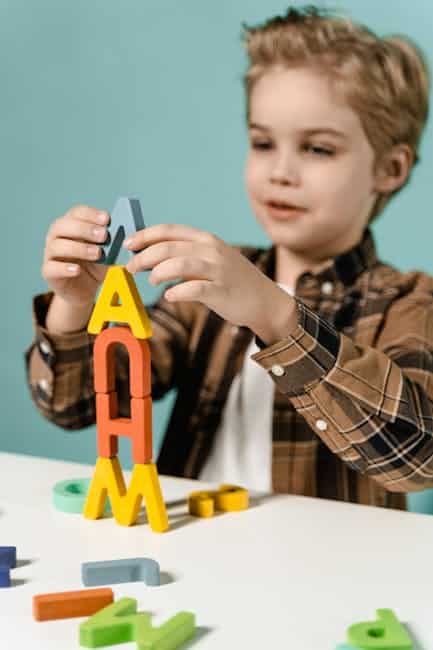The Best Toys for Encouraging Fine Motor Skills Development
In today’s fast-paced world, child development is at the forefront of every parent’s mind. As a parent, you may often wonder how to effectively nurture your child’s fine motor skills in a fun and engaging way. Toys can be a fantastic tool for this purpose, turning learning into playtime. In this blog post, we will explore some of the best toys designed to enhance fine motor skills, ensuring that your child develops these crucial abilities while having a blast! Let’s dive in. 🚀
Table of Contents
1. Introduction
2. What Are Fine Motor Skills?
3. Top Toys for Fine Motor Skill Development
a. Building Blocks
b. Puzzles
c. Play Dough
d. Stringing Beads
e. Arts and Crafts
4. Conclusion
5. FAQs
Introduction
Fine motor skills refer to the coordination of small muscles in movements—typically involving the synchronization of hands and fingers—with the eyes. These skills are crucial for tasks such as writing, buttoning clothing, and using utensils. Developing fine motor skills in children can be a fun and enriching process, especially with the right toys. Let’s take a closer look at what fine motor skills are and which toys are best suited for their development.
What Are Fine Motor Skills?
Fine motor skills are essential for performing everyday tasks that require precision and control. These skills involve the coordination of the brain, nervous system, and muscles, and they play a significant role in a child’s ability to perform tasks like gripping a pencil, turning pages in a book, or fastening a button. Fine motor skills are not only vital for academic success but also for fostering independence and self-esteem in children.
Top Toys for Fine Motor Skill Development
Building Blocks
Building blocks are a classic toy that never goes out of style. They encourage children to use their imagination while developing their fine motor skills. As kids stack, align, and balance blocks, they refine their hand-eye coordination and dexterity. Building blocks also promote problem-solving skills and spatial awareness. 🧱
Puzzles
Puzzles are excellent for enhancing fine motor skills because they require children to manipulate pieces into the correct spaces. This activity improves their hand-eye coordination, concentration, and patience. Puzzles come in varying degrees of difficulty, making them suitable for different age groups and skill levels. 🧩
Play Dough
Play dough is a fantastic tool for sensory play and fine motor development. Squeezing, rolling, and shaping play dough strengthens the small muscles in a child’s hands and fingers. This type of play not only develops fine motor skills but also encourages creativity and imagination. Plus, it’s a mess that most parents don’t mind cleaning up, given the benefits. 🎨
Stringing Beads
Stringing beads is a fantastic activity to enhance a child’s fine motor skills. It requires precision and control, helping to strengthen the small muscles in the hands and improve hand-eye coordination. Additionally, this activity can introduce children to patterns and counting, providing a comprehensive learning experience. 📿
Arts and Crafts
Engaging in arts and crafts projects is a wonderful way for children to develop fine motor skills. Cutting with scissors, drawing with crayons, and painting with brushes all require precise hand movements and coordination. These activities also foster creativity and self-expression, making them a favorite among kids and parents alike. 🖌️
Conclusion
Encouraging the development of fine motor skills in children is crucial for their growth and independence. The toys and activities mentioned above are not only enjoyable but also greatly beneficial in strengthening these essential skills. By integrating these toys into your child’s playtime, you are setting them up for success both in and out of the classroom. Remember, the key is to make learning fun and engaging, so your child remains interested and motivated. 🎉
FAQs
Q: What age should my child start using these toys?
A: Most of these toys can be introduced as early as 12 months, but it depends on the specific toy and the child’s development stage. Always check the manufacturer’s age recommendations.
Q: How can I tell if my child is developing fine motor skills appropriately?
A: Look for milestones such as the ability to pick up small objects, stack blocks, and use utensils. If you have concerns, consult your pediatrician.
Q: Can these toys be used in a group setting?
A: Absolutely! Many of these toys encourage cooperative play, which can also help develop social skills alongside fine motor skills.
Q: Are there any safety concerns with these toys?
A: Always ensure that toys are age-appropriate and supervise young children during play, especially with small parts that could pose a choking hazard.
By choosing the right toys, you can help your child develop fine motor skills in a fun and engaging way. Happy playing! 🎈
